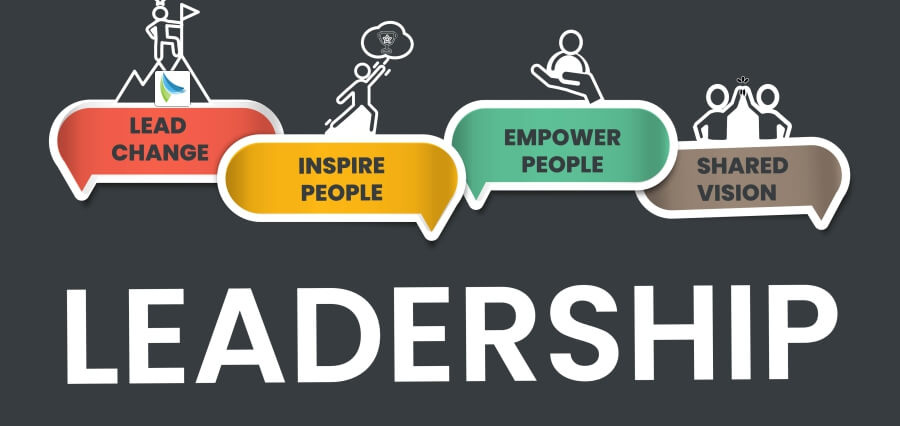Leading Through Paradox
The 21st century has seen a business revolution. Models of leadership linear, predictable, hierarchical are no longer adequate in an age of complexity, ambiguity, and exponentially accelerating technological change. We stand on the threshold of what other people describe as the quantum age of leadership, an age demanding flexibility, interconnection, and system thinking.
Leaders today need to shed old paradigms and adopt strategies that will prove helpful in this new quantum world.
The Quantum Age of Leadership Definition
In essence, the quantum age of leadership is all about understanding that organizations are adaptive ecosystems rather than static machines. As quantum physics teaches us to a world of particles all interlinked and results determined by probabilities, this quantum age of leadership requires accepting the fuzzy, the interdependent, and the unseen forces of change. This transformation demands leaders who are capable of walking the tightrope between vision and agility, power and compassion, and innovation and sustainability.
Shattering Linear Thinking
But yet another of the principles of leadership success management in the quantum age is to shatter linear thinking in a hard way. Previously, leaders used to decide based on cause-and-effect thinking. Though it is still true even today, the reality is now shaped by a variety of factors economic shifts, technological upheavals, global crises, and societal movements—cross-interacting in unpredictable ways.
Leaders will then embrace systems thinking, viewing problems as interdependent issues instead of independent pieces of the great system. This helps them identify where ripple effects are originating, to act promptly, and improve their decision-making.
Embracing Adaptive Leadership
Rigidity is a weakness in the quantum leadership age. Adaptive leadership is needed in addressing ongoing change. This means developing a culture that empowers testing, views failure as a stepping point to learn from, and provides autonomy to empowered teams to react quickly when conditions call for it.
For example, if there is an unexpected marketplace disruption, adaptive leaders can re-strategize without expecting bureaucratic approval. They create a psychological safety environment in the teams so that the employees feel comfortable opening up and contributing ideas free from judgment. This adaptability constructs organizations that not only remain resilient but also innovative.
Leveraging Collective Intelligence
Those are the days when leadership was simply a matter of a single solitary visionary leader who calls the shots. Leadership in the quantum era is all about shared power of smarts—the ability to call on different perspectives, expertise, and experience to tackle the hard issues.
Leaders should develop geographically dispersed and cross-silo collaboration environments. By means of cross-functional teams, digital collaborative platforms, or collective decision-making processes, leveraging the intelligence of crowds makes organizations responsive and well-advised in times of turbulence.
Emotional Intelligence and Human-Centered Leadership
While technology continues to revolutionize business sectors, the human aspect of leadership has never been more crucial. The quantum age of leadership calls for leaders to prioritize emotional intelligence—knowing, directing, and relating to emotions in oneself and others.
Such employee-focused initiatives build confidence, improve communication, and boost participation. Executives that show care for workers’ welfare build loyalty and stimulate performance. During times of turmoil, empathy is a rock-steady hand that enables businesses to ride out storms without losing perspective of the common purpose with teams.
Data-Informed, Not Data-Dependent
Artificial intelligence and big data are chief decision drivers in today’s age, but the era of quantum leadership makes us realize that data cannot be the future leader. The numbers provide us with the vision, and there must be someone interpreting them in terms of human insight and ethics.
The best leaders combine data-driven decision making with value-based judgment, imagination, and intuition. They don’t over-rely on algorithms and don’t leverage technology as an exceptional driver of growth.
Building Resilient and Meaningful Organizations
Resilience is the second principle of management in the quantum leadership era. In dealing with disruptions, resilient organizations rebound not only but flourish by grounding their strategies in a firm sense of purpose.
Employees and stakeholders increasingly anticipate organizations to play a positive social role. Executives putting sustainability, diversity, and ethics on their management agenda make not only economic value but social value as well. As a by-product, they can attract best talent and win the loyalty of customers who are authenticity true believers.
Continuous Learning and Leadership Development
In the transforming world, today’s news is yesterday’s information. Leaders therefore need to take a promise to themselves, and their organizations, of learning for life. This age of quantum leadership needs them to be open, humble, and adaptable.
Through instilling a culture of continuous learning, leaders prepare employees for altered challenges and technologies. Leadership development programs, mentoring, and upskilling make organizations future-proof.
Conclusion: Leadership with Vision in the Quantum Age
The quantum age is no longer a fictional idea it’s our new reality. With organizational challenges growing more complicated, the leader’s style of management has to evolve to deal with the challenges of this new era. With adaptive leadership, leveraging collective intelligence, using emotional intelligence, balancing data and instinct, and building resilience, leaders can steer their organizations in uncertain times with confidence.
Lastly, quantum age leadership is about reconciling the human and the technological, the individual and the collective, the known and the unknown. Individuals who will be able to dictate this reconciliation will not only survive but also reimagine what it would mean to lead in the 21st century.
Read Also: The Intersection of Leadership and Corporate Culture











